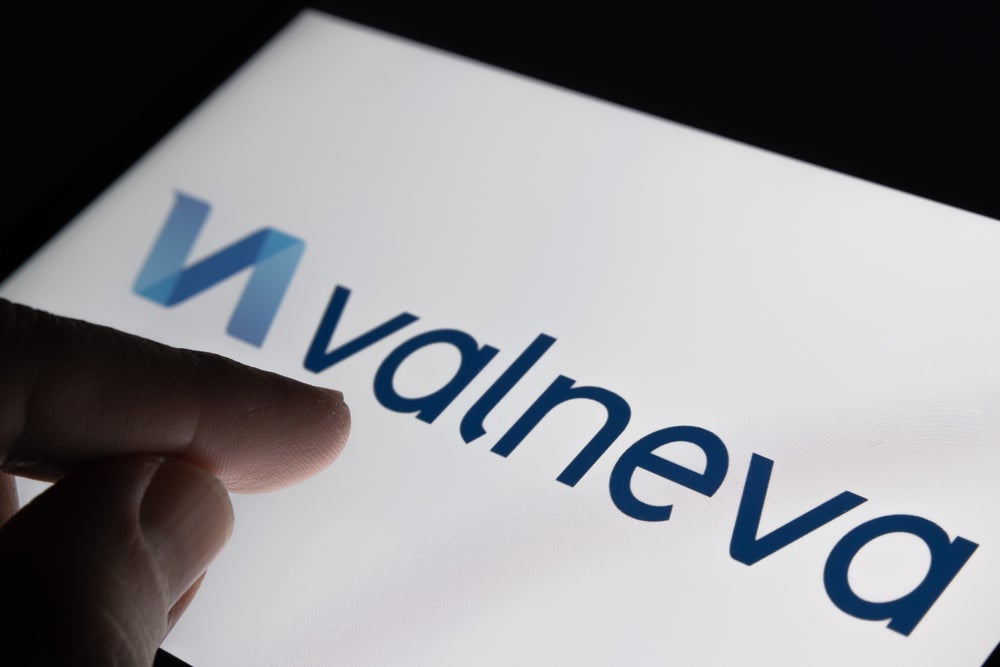
When Disney first introduced FastPass tickets in its theme parks, it seemed the ability to use financial weight to skip queues was proliferating to all walks of life.
The pharmaceutical sector is no different. In 2007, the FDA began handing out its own type of priority ticket to companies developing therapies for neglected tropical diseases. This came a year after after a Health Affairs paper had proposed a priority review voucher framework to incentivise innovation in an area typically with low commercial value.
Today, priority review vouchers are also awarded to pharmaceutical companies developing drugs for rare paediatric diseases and material threat medical countermeasures – markets where companies are hesitant to enter due to weak financial performance.
More than 15 years since their inception, have the incentives worked, and what changes might be in store for the future?
The voucher incentive
Companies developing drugs for one of the three qualifying areas can apply for an FDA priority review. Moreover, “if you get FDA approval for a drug for a neglected tropical disease for rare paediatric disease, or material threat medical countermeasure, you get a separate voucher for faster review of a different drug,” says professor David Ridley, health economist at Duke University’s Fuqua School of Business and lead author of the aforementioned 2006 paper.
The programmes therefore allow companies to spend time and resources developing a drug for a neglected disease. If the low-value drug is approved, a bonus voucher – which can be redeemed in a more lucrative market – provides the compensation. Indeed, for a new blockbuster drug, the financial rewards are potentially immense.
How well do you really know your competitors?
Access the most comprehensive Company Profiles on the market, powered by GlobalData. Save hours of research. Gain competitive edge.

Thank you!
Your download email will arrive shortly
Not ready to buy yet? Download a free sample
We are confident about the unique quality of our Company Profiles. However, we want you to make the most beneficial decision for your business, so we offer a free sample that you can download by submitting the below form
By GlobalDataFor example, Rocket Pharmaceuticals was a recent recipient of priority review designation under the rare paediatric disease programme. If its gene therapy for severe leukocyte adhesion deficiency-I treatment is approved in March 2024, the company could be in line for an additional voucher.
This initial drug may not have much commercial value in that given condition, but the additional voucher can be used for a second drug, for treating HIV, diabetes, or high cholesterol for example, which has a lot of commercial value, says Ridley. “That’s what creates value in this programme.”
It is also worth noting that the second drug is chosen sequentially. This means the company can choose the drug it wants to redeem the bonus voucher on upon approval of the original drug. This provides flexibility and allows companies to react to industry trends.
Are the programmes successfully incentivising innovation?
From a public health point of view, priority review vouchers are meant to increase innovation in diseases areas that would not gather R&D activity normally. A 2022 Pharmaceutical Medicine paper however, highlighted some problems with this. The issues, which include rewarding products already licensed outside the US and the idea that a four-month window does not provide enough market incentive, might have hindered companies from using the programmes more. A third point highlighted that market fluctuations in voucher prices mean appeal to bigger pharma companies could be undermined.
“I think in hindsight we would have limited eligibility to not include drugs approved by other regulatory agencies more than two years ago,” Ridley says.
Ridley adds, however, that without the framework, soldiers in the US military stationed in areas with tropical diseases would not have had slower access to drugs approved elsewhere.
In 2016, Congress tasked the Government Accounting Office (GAO) to address the impact of the priority review voucher programmes amidst such rumblings. The GAO assimilated findings from studies that have analysed drug development activity for qualifying diseases since the programmes’ inception.
The report suggested that there was either little or no effect in research and development activity. The GAO concluded that stronger incentives – like those in already existing incentives such as the FDA’s orphan drug designation programme – could help spur innovation.
However, the report also cited discussions with seven drug sponsors – all of whom said that priority review vouchers were a factor, albeit not a main driver, in R&D decision making.
Jeremiah Kelly, partner at Venable LLP law firm who previously worked as chief of the FDA regulatory law division in the US Army, says the programmes, despite legitimate arguments about costs, are needed because US government funding in and of itself is not sufficient to encourage innovation.
Operation Warp Speed – utilised to accelerate COVID-19 drug development – was a successful example of government funding catalyzing R&D. Several high-profile PRVs were handed out in response to the COVID-19 pandemic. Both BioNTech and Moderna received priority review vouchers upon full approvals of their respective COVID-19 vaccines as per the material threat medical countermeasure criteria. But Kelly says this was a unique scheme set amongst special circumstances.
“The priority review vouchers supplement product development in normal times and provides a powerful incentive to sell products that would simply not be developed without that incentive,” Kelly says.
Future changes to the programmes
Apart from expansions of the programme to rare paediatric diseases in 2012– which was the main cause of the saturation of priority review vouchers in the market, according to Ridley – its legislative framework has been relatively stable.
Ridley does not anticipate any major changes, but instead points to larger trends with drug pricing that are likely to affect company revenues and influence business decisions. For one, the Senate Health, Education, Labor and Pensions Committee chair Bernie Sanders has proposed price caps on drugs developed using federal funds.
It remains unlikely however, given the number of patients that benefit from the programmes and the facilitation it gives to biomedical countermeasures, Ridley says.
But a stable framework does not mean a stable incentive down the road. Kelly highlights the need for permanent programmes to provide reassurance to pharma companies developing therapies intended to gain priority review.
The material threat medical countermeasure PRV programme, for example, expired on September 30. Its extension, especially with Sanders in charge, looks precarious, says Kelly.
“We just came out of a three-year pandemic, and Congress just allowed one of the most powerful incentives for medical countermeasure development to expire,” Kelly says. He outlines how there’s an incongruity between expectations for preparedness against disease threats and how development is funded. “If you want to attract investment further up to the pipeline, the programmes need to become permanent,” he said.
Clarity and perspective key going forward
The programmes most valued players are the small biotechs – their voice is important, Kelly explained.
“Drug developers who are most enthusiastic about the vouchers are the smaller ones. They’re the ones who need cash to move forward with their development programs. But they’re also the ones that don’t have a lot of influence on the Hill. Big pharma lobbyists are not paying attention to the priority review programmes, they’re worried about other things.”
Still, coupled with the secrecy around big companies refraining from announcing the selling or buying of a voucher, the programmes tend to operate in their own bubble.
“More clarity is needed around defining the incentives, making sure that its operational mechanics are transparent, and making sure that it’s going to be there when companies work through their R&D pipeline,” Kelly said.
“Those are the hallmarks of a great incentive programme.”
In the next article of this two-part series on the priority review programmes, we will delve into the secondary market for the sale of these vouchers.




